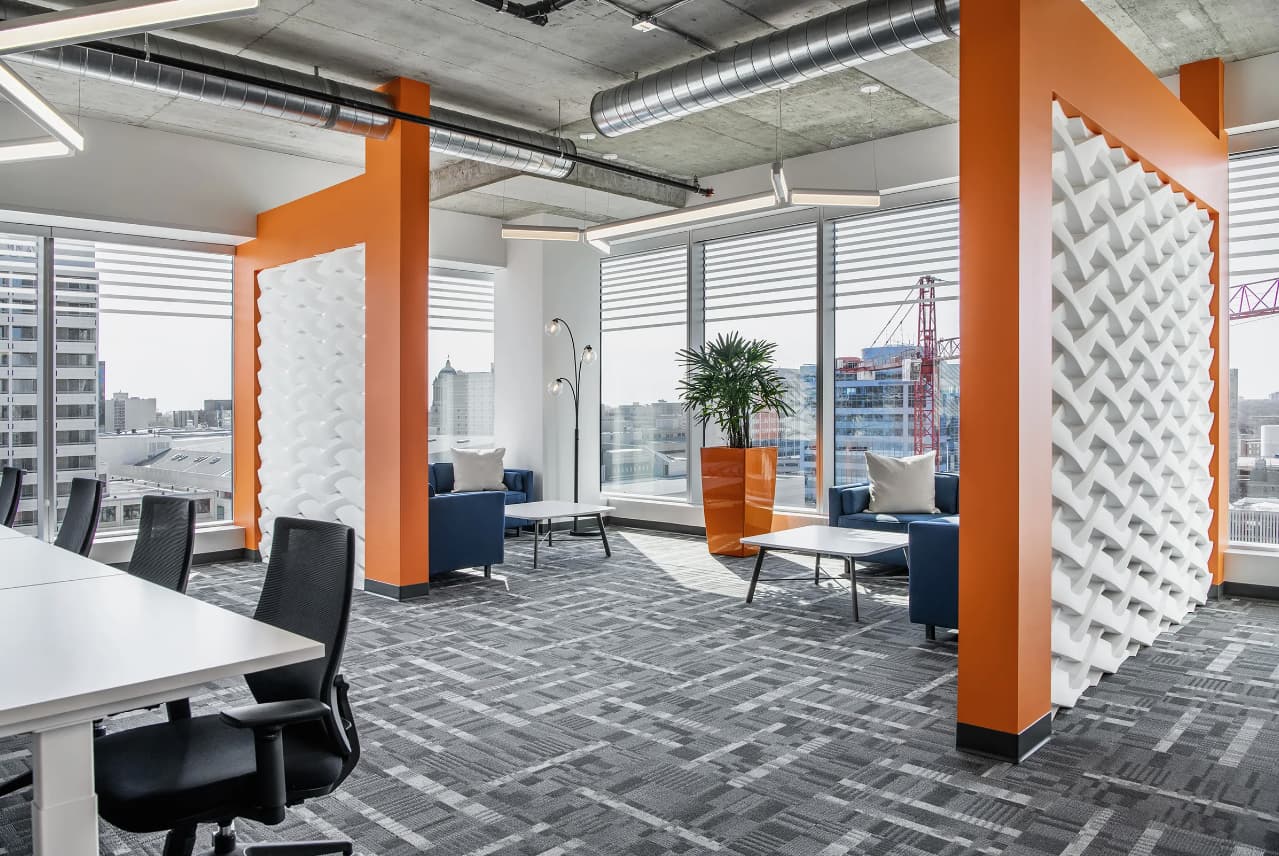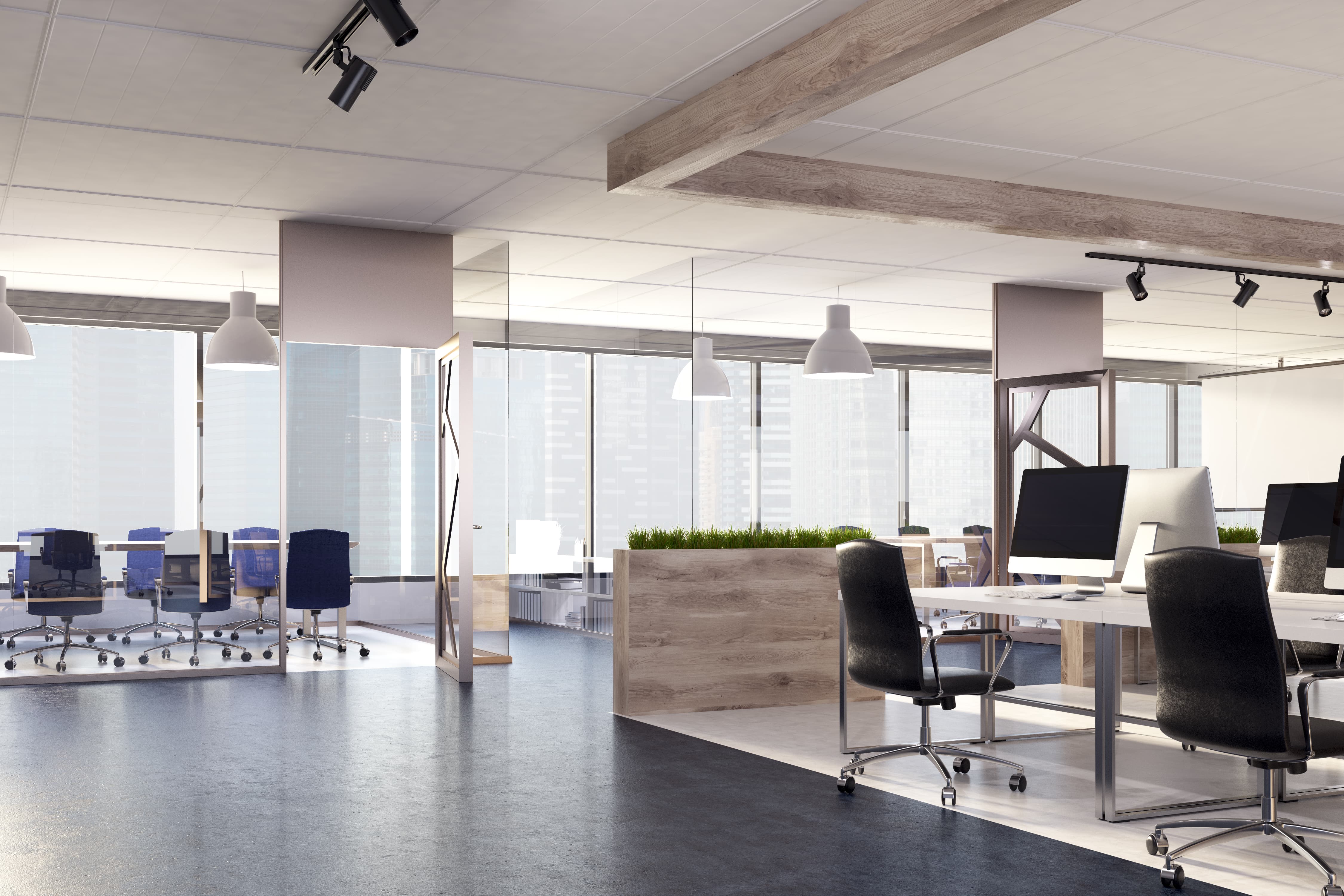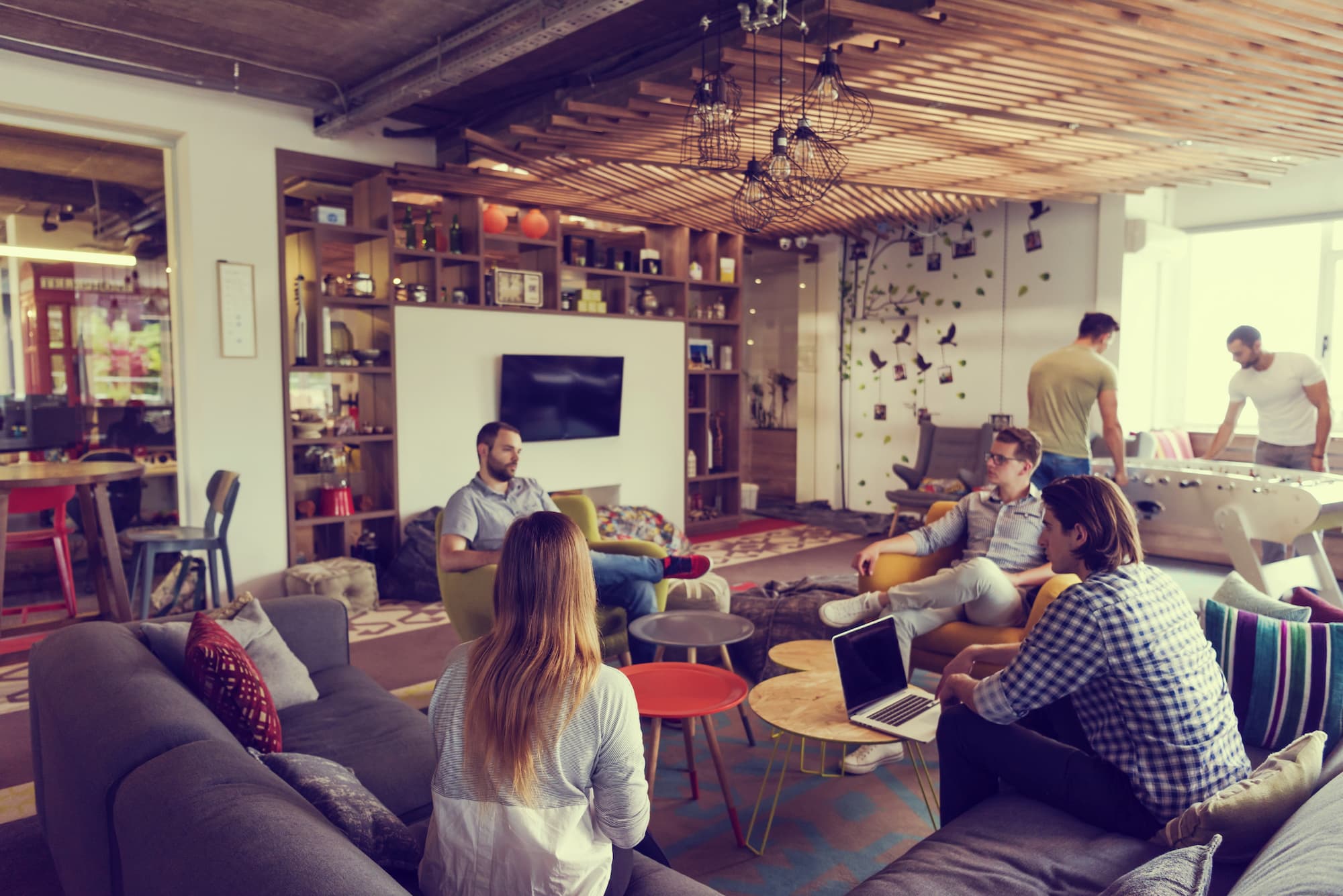As organizations navigate a new structure in the post-pandemic world, the corporate workplace is being re-fabricated to take advantage of remote working benefits and in-office work.
While continuing to evolve, some clear priorities are emerging as employees are returning in-office; some full-time, some hybrid and some not at all. Due to this shift, the role of the physical office is being re-examined, with new factors to consider in its design and purpose.
Changing attitudes on the role of the office
Employees quickly learned during the pandemic that office space could be a laptop on the beach or a busy kitchen counter. As the pandemic raged on, many were left wondering if the traditional office environment would ever be restored, considering the bevy of new flexibility available.
Now that the impact of the pandemic has lessened, smart organizations have shifted to flexible work policies and hybrid work models that enable high levels of employee engagement and productivity. The office still plays a role in the corporate environment and culture, but it is now viewed with a different lens, as flexible working options have emerged and become the norm. To thrive within the hybrid model, organizations must purposefully amend their work structures, making it a priority to proactively communicate expectations, with regular check-ins and clarity around business objectives and timelines.
Not every organization is a convert to the hybrid office however, with benefits like spontaneity and collaboration being cited by organizations moving to mostly in-office work, and some stating that the office cannot be entirely replicated by technology and remote participation. It is safe to say that while in-office will continue to exist, organizations need better, more resilient workspaces to meet the needs of today’s workers.
Designing for the new office
Understandably, both employees and organizations want to leverage the best of remote working and in-office work, with a hybrid work structure accommodating both. To support this priority, office spaces and buildings must be re-imagined to facilitate purposeful interaction and capture meaningful collaboration opportunities while in the office environment. Collaboration and social interaction is taking center stage as companies re-envision their office spaces to support hybrid working arrangements. “This shift in mindset is changing how we design office layouts,” said Rasha AlNaqeeb, a senior interior designer at Truspace. “While community has always been essential to work culture, with a more transient workforce, it is actually being encouraged and taken into consideration when designing layouts.”
The physical environment becomes another asset to invest in, a place that can foster collaboration, training, mentorship, and development.
Here are some factors to consider when designing for this new frontier in work:
- Allow for more common areas: Purpose-built spaces such as breakout rooms help to facilitate collaboration, a priority now that employees in-office isn’t always the norm.
- Pay attention to acoustics: In areas meant for fostering connection, use less sound-absorbent material in order to create an environment that draws people in.
- Incorporate mobile tables and displays: Design hybrid collaboration rooms to take into account mobile tables and displays, lighting and even individual screens for each participant in-office, in order to have a sightline to those at home.
- Increase opportunities for spontaneity: Design utilizing elements such as moveable furniture and accessible technology, in order to encourage creativity and take advantage of casual collaboration and interaction.
- Factor in worker schedules: As an organization, it’s really important to understand the nature of the work you are doing, and the roles that are required to be onsite, in order to right-size the office space. “Most organizations go into the design process not truly understanding which workers are coming into the office on which days,” said AlNaqeeb. “It’s important to understand the actualization of the work space, the work plan and the work rhythm, in order to design and optimize the best use of space.”
When jobs are no longer confined to a physical space, technology and planning can accommodate a seamless transition, creating ease and flexibility between in-office and remote work.
As humans, we function best collectively, so while the office space and structure aren’t going anywhere, we can and should think about how to maximize them to take advantage of this new era in work and in design. Organizations that prioritize this new way of working will have greater impact on corporate culture, employee retention and even company results, creating a nimble structure that can leverage the best of two worlds.




